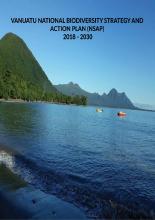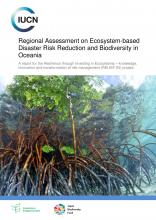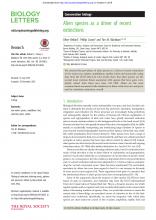InvaCost, a Public Database of the Economic Costs of Biological Invasions Worldwide


Island and Ocean Ecosystems, BRB
Available Online
Assailly, C.
,
Courchamp, F.
,
Diagne, C.
,
Gozlan, R. E.
,
Jarić, I.
,
Jourdain, F.
,
Leroy, B.
,
Nuninger, L.
,
Roiz, D.
,
Vaissière, A.-C.
2020
Biological invasions are responsible for tremendous impacts globally, including huge economic losses and management expenditures. Efficiently mitigating this major driver of global change requires the improvement of public awareness and policy regarding its substantial impacts on our socio-ecosystems. One option to contribute to this overall objective is to inform people on the economic costs linked to these impacts; however, until now, a reliable synthesis of invasion costs has never been produced at a global scale. Here, we introduce InvaCost as the most up-to-date, comprehensive, harmonised and robust compilation and description of economic cost estimates associated with biological invasions worldwide. We have developed a systematic, standardised methodology to collect information from peer-reviewed articles and grey literature, while ensuring data validity and method repeatability for further transparent inputs. Our manuscript presents the methodology and tools used to build and populate this living and publicly available database. InvaCost provides an essential basis (2419 cost estimates currently compiled) for worldwide research, management efforts and, ultimately, for datadriven and evidence-based policymaking.








